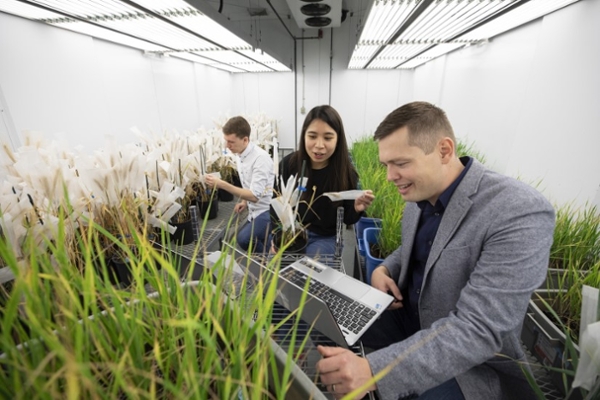
Want to #scicomm? First let's show the world what scientists really look like
So, what do scientists do and what do they look like? Well, it is hard to say, but it is definitely not what the internet is telling you.
By Crystal Chan, Master of Public Policy student, Johnson Shoyama Graduate School of Public Policy, University of SaskatchewanIn a world where we endlessly strive for clarity and resolve and are obsessed with dualities such as “right vs. wrong” and “us vs. them”, science is a necessary evil. Previously Dr. Jeremy Rayner touched on a very delicate subject matter even to the scientists at times—the fact that scientific conclusions are provisional. Doubt is a fundamental component of the scientific method, but it is a real hard pill to swallow for the lay people1 and as a result public trust in science suffers. A 2019 poll showed that close to half of respondents consider scientists to be “elitists” and science simply “a matter of opinion”2. Upon reviewing the poll results, one of the scientists believed that “there’s a real disconnect between what scientists do and what is the perception in the public.”3
So, what do scientists do and what do they look like? Well, it is hard to say, but it is definitely not what the internet is telling you.
In 2018, the social media hashtag #BadStockPhotosOfMyJob went viral—even within the scientific community. Everyone, myself included, had a good laugh at how ridiculous and misleading the photos are. For those who are curious about what they look like, these two articles will give you the highlights (or lowlights, depending on your perspective):
Fast forward 2 years and I found myself talking to a scientist who was nominated for an award for his research excellence. He told me he was very bothered by how the interview went.
“It always goes like this—you answer some questions, and then the media folks will ask you to put on a lab coat and go pretend to work in the laboratory. They always want a photo of me pipetting or looking at some colored things under a microscope. But this is really not how science works!”
A quick internet search will confirm his frustration. If you type in “scientist stock photo” in your google search engine, you will see a common theme on your screen—People (mostly male) dressing in white lab coats, either transferring or staring at some colored (usually blue) liquid. The search result becomes even scarier when you look for “food science stock photo” on google. I won’t give you any spoiler for this one.
These #BadStockPhotosOfMyJob are no longer just a laughingstock.
The scientific community has noticed the importance of public outreach and engagement as misinformation is flourishing in the internet and science is being threatened by various political forces. Many scientists have joined the #scicomm troupe in a hope to encourage the public to support science and to serve as a source of “credible evidence”.
But with all these #BadStockPhotosOfMyJob, scientists are off to a very rough start even before they speak.
Human beings are visual creatures. We have been using images to tell stories, explain abstract concepts, and inspire others since the beginning of time. If the internet continues to portray “scientists” as some weirdos doing questionable things, the scientific community will continue to suffer as it tries to reach out to the general public.
Scientists—you do not need be the next biggest Instagram influencers. But next time when you are about to decline a photo opportunity for whatever reason, just think of this decision as your consent to let someone else to represent who you are, to allow the “mad scientist” belief persists within the public space.
Just as we use scientific data to combat misinformation, we need to use real “science at work” images to combat those bad stock photos. So, be more proactive in creating different types of visual contents. Encourage artistic talents within the research team. It is not a bad idea to make science look cute, check out Science Pusheen4 and the giant microbe store5 if you think this is a strange suggestion! Last but not least, offer alternative photo ideas at your next interview— really, let’s move away from the “dressed in a lab coat looking at some colored liquid” cliché. Here is a recent one from our partner institution—the Global Institute for Food Security. They are working with a smile on their face! Isn’t science wonderful?
References
1 Jeremy Rayner, “From Queen City to Clown City”, CSIP Making Waves Blog.
2 CBC, Sept 23, 2019. Canadians’ trust in science falling, poll suggests. https://www.cbc.ca/news/technology/science-survey-1.5291291
3 Ibid.
4 https://sciencepusheen.tumblr.com/
5 https://www.giantmicrobes.com/us/
Crystal Chan
Crystal Chan was born and raised in metropolitan cities. She completed a Master of Science degree on cancer genetics at Queen’s University before life took her to Saskatoon, where she held several positions that involve developing and directing large-scale research and development projects. Crystal decided to return to school to study public policy in the hope to bridge the gap between city dwellers and farmers, and between technology and society. Her research focuses on the impact of digital technology on trust, relationship dynamics, and industry governance.

